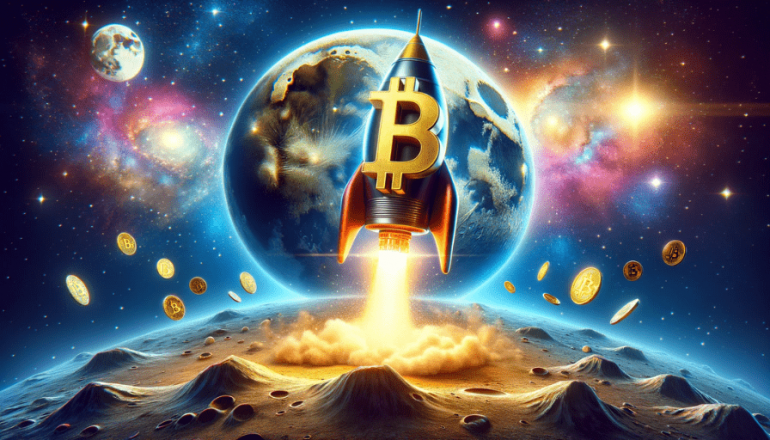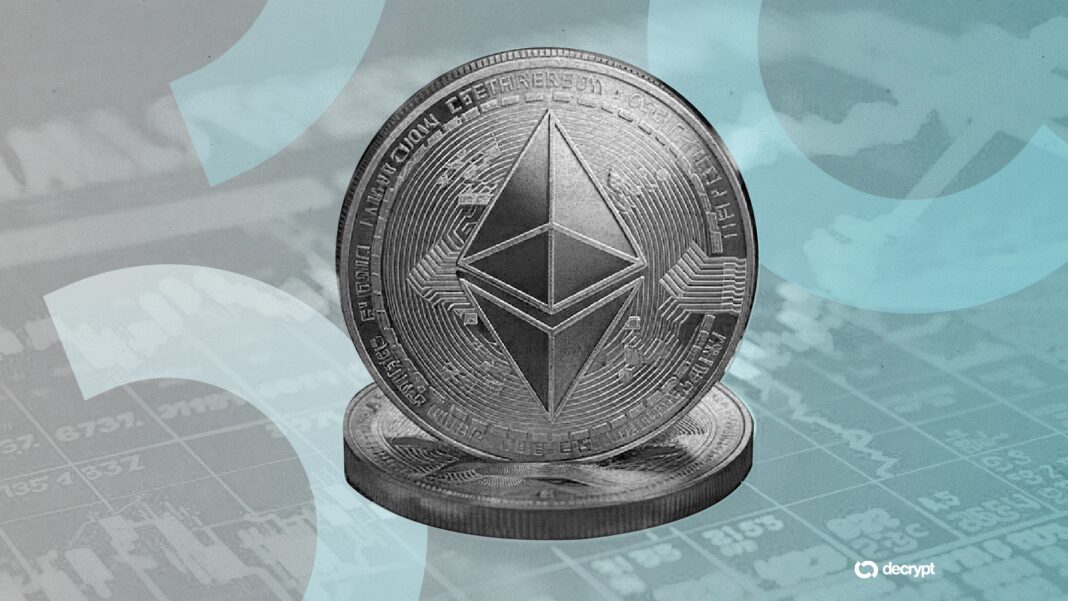A Bitcoin Lightning invoice has been successfully relayed via satellite in space, marking a milestone in cryptocurrency infrastructure. The experiment used geostationary satellite QO-100 / Es’hail-2 to transmit a Lightning invoice off-grid, showing how payment requests can be delivered even where internet access is unavailable
What Exactly Happened
- A user known as Printer (@Printer_Gobrrr) generated a Lightning invoice (a payment request) locally and converted it into an image (QR code) file.
- The image was loaded into an AMSAT-DL Multimedia HS Modem, which modulates the digital signal for satellite transmission
- Using a parabolic dish on Earth, the signal was uplinked to the QO-100 geostationary satellite, then downlinked back to Earth. The ground station used software to decode the image from the downlink.
- After decoding, the QR code was scanned with a Lightning wallet, completing the payment request.
Why This Matters
- Off-Grid Resilience
This demonstrates that Bitcoin’s Lightning Network can deliver payment requests via satellite, bypassing traditional internet infrastructure. Useful in remote areas, during disasters, or in places with network censorship. - Increased Accessibility
More people could receive payment requests even without reliable internet, which can expand the reach of decentralized payments globally. - Censorship Resistance & Decentralization
Satellite relays reduce dependence on ISPs and terrestrial networks, increasing resistance to network shutdowns or blocks. - Tech Proof-of-Concept
While the actual settlement of the Lightning payment still requires node connectivity (internet) somewhere in the mix, this shows that the request delivery layer can be adapted for non-internet channels.
Limitations & What’s Next
- Settlement Still Needs Connectivity: The Lightning Network payment (settlement) must still traverse connected Lightning nodes. The satellite link only carried the invoice (payment request). Bitget
- Latency & Reliability: Satellite transmission involves delays, potential interference, and limited bandwidth. It may not be practical for high-frequency, low-latency applications.
- Hardware & Access Requirements: You need specialized equipment (satellite dish, AMSAT-DL modem etc.) and access to a suitable satellite transponder. Not trivial for average users.
- Regulation & Spectrum Use: Uplinking to satellites, especially amateur or geostationary ones, uses specific radio frequencies and may require permissions.
Implications Going Forward
- Could spur more experiments combining Lightning Network + satellite systems.
- Might lead to tools, hardware kits, or services for off-grid or censorship-resistant Bitcoin use.
- Potential interest from humanitarian, remote region projects, and areas with weak infrastructure.
- May influence how Lightning (or other layer-2 networks) think about invoice request delivery and redundancy.



